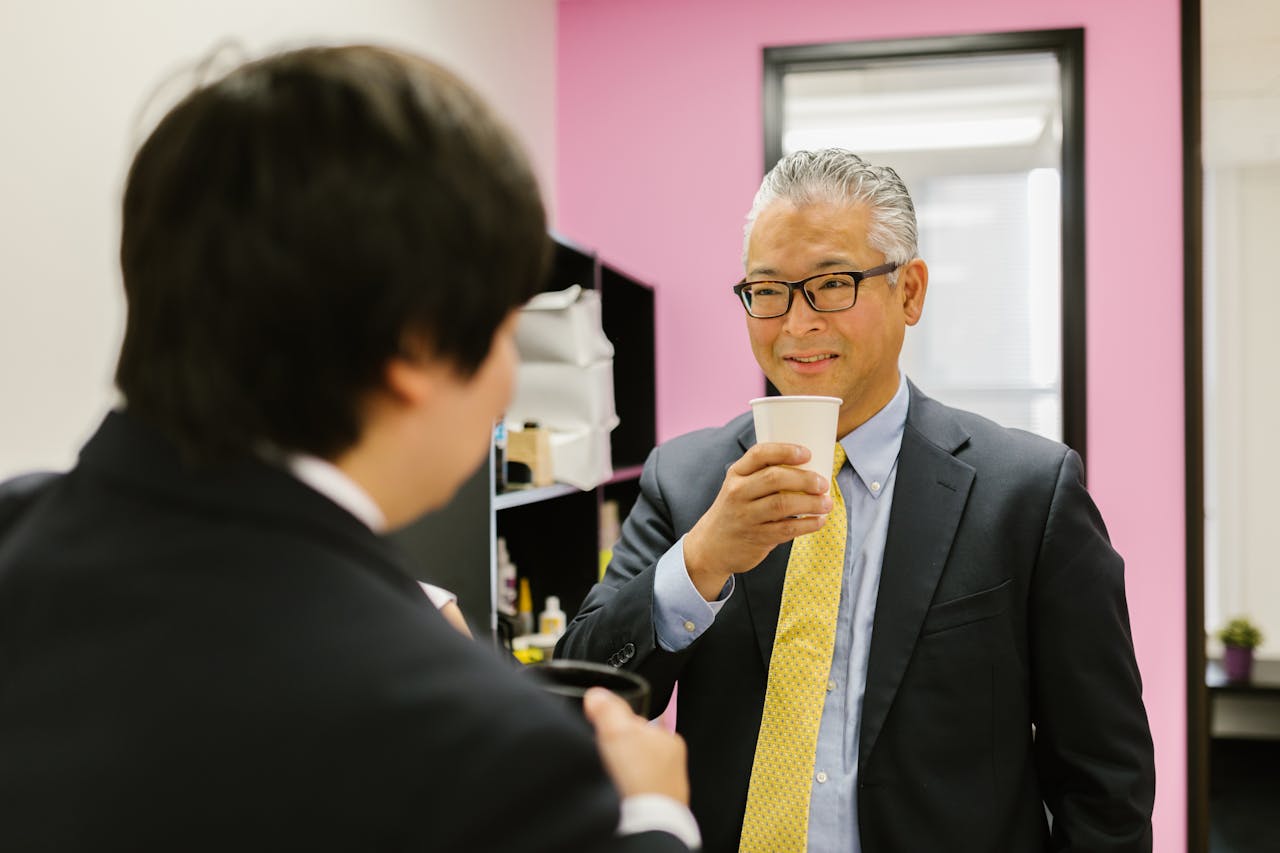As businesses and employees navigate the post-pandemic work landscape, one thing has become clear — the “back to office” movement has experienced its fair share of challenges.
The fusion of cloud-based workflows with an extended period of remote work has fundamentally altered professional culture.
Workers quickly realized that they often perform better and feel more comfortable working from home, eliminating the time and financial strain of commuting. Fuel, meals, childcare, and eldercare all contribute to the growing difficulty of simply returning to the traditional office model.
As a result, employers have attempted to enforce office attendance through mandatory in-office days—but some employees have found a loophole.
Enter coffee badging.
What exactly is coffee badging?
According to an article in Buzzfeed, coffee badging refers to a growing trend where employees come into the office just to swipe their badges, grab a coffee with colleagues, and then leave to finish their workday from the comfort of their home office.
This practice allows them to meet attendance requirements by physically being in the office, while still maintaining the flexibility and productivity benefits of remote work. Essentially, these “coffee badgers” make an appearance but don’t stick around for the full workday.
Often, employees use badge swipes to log their presence, and they may attend the morning meeting before heading back home to complete their tasks. This phenomenon has become especially popular when companies only check in with staff at the start of the day and don’t closely monitor the rest of their work.
For many hybrid employees, this arrangement offers the perfect balance between office expectations and personal preferences.
Why is coffee badging gaining popularity?
Coffee badging isn’t just a form of rebellion—it’s a practical response to the hybrid work model that has emerged post-pandemic. Many workers find they are far more productive when working from home, thanks to personalized workspaces and fewer distractions compared to a shared office environment.
This trend has also gained traction for those juggling responsibilities like childcare or eldercare, which can’t be easily put aside just because it’s an “in-office” day. Remote workers can still meet attendance requirements by making a brief appearance at the office, all while maintaining flexibility and comfort.
In addition, the use of cloud-based documents, video meetings, and phone calls means that employees’ daily workflows remain largely unchanged whether they are in the office or at home. This makes commuting to the office for a full day seem unnecessary, especially when remote work often yields the same, if not better, results.
Do Singaporean workers practise coffee badging?
To date, there is no concrete evidence reported and documented to show that Singaporean workers are coffee badging.
However, the rise of hybrid work models within the city-state has brought about significant changes in the way employees approach their office days.
It will not be a surprise if workers in Singapore jumped on the bandwagon.
Thus, while coffee badging will not be the norm for all Singaporean employees, it has certainly carved out a place within the hybrid work culture, prompting both companies and workers to rethink the future of office attendance.

https://www.pexels.com/photo/businessmen-during-coffee-break-7964368/

